Internet advertising to grow 20.4% in India in 2018: Zenith forecasts
Amid growing debate as to whether brands are overspending on digital media, Zenith research has found that the effectiveness of internet advertising has now caught up with digital adspend.
Until 2015, brands struggled to make effective use of internet advertising, and their spend was not matched by the resulting ‘brand experience’. However, by 2016, internet advertising accounted for 34 per cent of global ad budgets, but produced 35 per cent of brand experience. Internet advertising is now, therefore, working harder than advertising in other media.
For many years, Zenith’s Advertising Expenditure Forecast reports have consistently reported sizeable increases in the internet share of advertising budgets. In its December 2017 edition of the report, for the first time Zenith has been able to demonstrate the ROI of internet adspend, not just its scale. The agency used its proprietary Touchpoints ROI Tracker tool to compare internet adspend to internet brand experience over the past few years.
In 2014, advertisers spent 27 per cent of their budgets on internet advertising, which produced only 21 per cent of brand experience. By 2015, though, brands were using internet advertising more effectively: it accounted for 30 per cent of both budgets and paid brand experience, before tipping over in 2016, when brand experience exceeded budget share.
Zenith expects internet advertising’s share of global adspend to continue to rise, reaching 40 per cent in 2018 and 44 per cent in 2020. Its value will rise from US$203 billion in 2017 to US$225 billion in 2020. The share of advertising expenditure allocated to internet advertising varies widely across the world. In the most advanced markets (Sweden and the UK), it will account for more than 60 per cent of total expenditure next year, and it will account for between 50 per cent and 60 per cent in another six (Australia, Canada, China, Denmark, Norway and Taiwan).
In India, internet adspend will capture 11.6 per cent of the market in 2017. India is, therefore, a leading digital market/ keeping pace with global developments/ has a lot of scope for growth in internet advertising. Zenith forecasts 20.4 per cent growth in internet advertising in India in 2018, compared to 8.4 per cent growth for the market as a whole. By 2020, internet will account for 15.4 per cent of total adspend in India.
Big platforms are capturing digital growth
The internet is driving the great majority of global growth in advertising – it will account for 94 per cent of the growth in adspend between 2017 and 2020. And most of this will be captured by just five big platforms – Google and Facebook, plus the Chinese platforms Baidu, Alibaba and Tencent. Between them, these five platforms increased their share of global internet adspend from 61 per cent to 72 per cent between 2014 and 2016, and captured 83 per cent of the growth in internet adspend over that time. Baidu, Alibaba and Tencent accounted for 54 per cent of the growth in internet adspend in China, while Google and Facebook accounted for 96 per cent of the growth in internet adspend in the rest of the world. Between them Google and Facebook accounted for 76 per cent of internet adspend outside China in 2016.
“Internet advertising is the biggest advertising medium in the world and the biggest driver of growth,” said Jonathan Barnard, Head of Forecasting and Director of Global Intelligence at Zenith. “Our unique research shows that brands are starting to use it effectively after struggling to adapt over the last few years.”
Advertisers feel the pressure from digital transformation and polarisation of growth
Advertisers are feeling pressure from the rapid transformation of their businesses, exemplified by the rapid shift of marketing communications to online media in response to changing consumer behaviour, and the polarisation of growth to big platforms, big countries and big cities.
At the end of November, Zenith conducted the third in its series of exclusive surveys about brand growth among key clients. On a scale from 0 to 100 – where 0 means everyone expects decline in 2018, 100 means everyone expects growth, and 50 means the average expectation is for no growth – the average response was 57, down from 67 this time last year. Food and drink brands have been the least affected, with a score of 66 this year, down just a point from 67 last year. Packaged goods, retail and telecom brands have all fallen to 50, expecting no growth, down from positive scores last year.
“We are seeing a battle played out in business, marketing and media between big players and small players,” said Vittorio Bonori, Zenith’s Global Brand President. “Growth is coming from big countries and big cities, and being captured by big platforms. Brands should focus on upstream strategy, data-informed UX planning and downstream automation.”





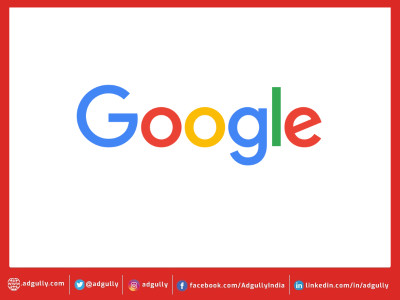
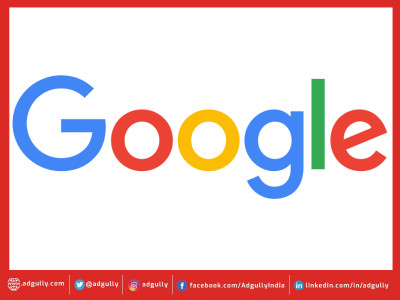
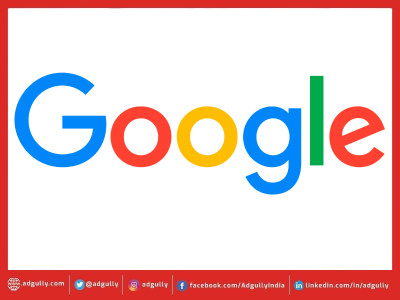
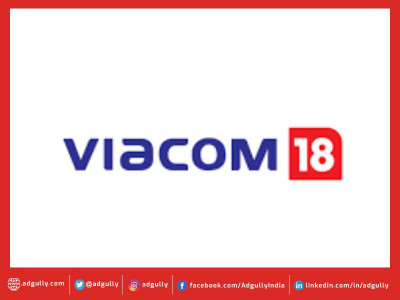

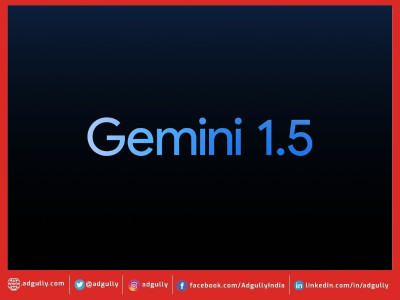


Share
Facebook
YouTube
Tweet
Twitter
LinkedIn